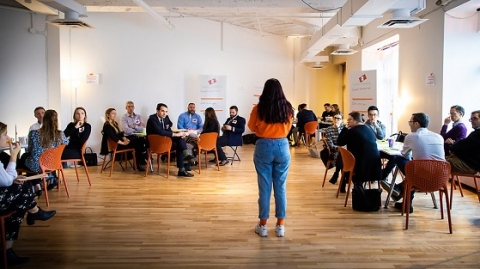
An ideas forum during the construction of the REM
The REM is the largest public transit project since the construction of the Montréal metro in the 1960s. This vast project will inevitably have an impact on public transit users, which is why we organized an ideas forum on Wednesday, December 5, 2018, along with the Autorité régionale de transport métropolitain (ARTM).
The goal of the forum was to identify ideas that complement the public transport measures already being planned by the ARTM and the transit companies for the Deux-Montagnes and Mascouche train lines. These lines (operated by exo) will be significantly affected by the REM work in the 2020–2023 period because several stations will need to be closed and entirely overhauled to accommodate light rail.
More than one hundred public transit users and members of civil society participated in this event to suggest solutions. Transit users were in attendance so they could explain the impact on their daily commute; also on hand were elected officials from the affected areas, mobility experts (Bixi, Transit, Netlift, OuiHop), and representatives from the transit companies (exo, STM, STL) and from major institutions (Desjardins, Energir, Hydro-Québec, Chambre de commerce du Montréal Métropolitain).
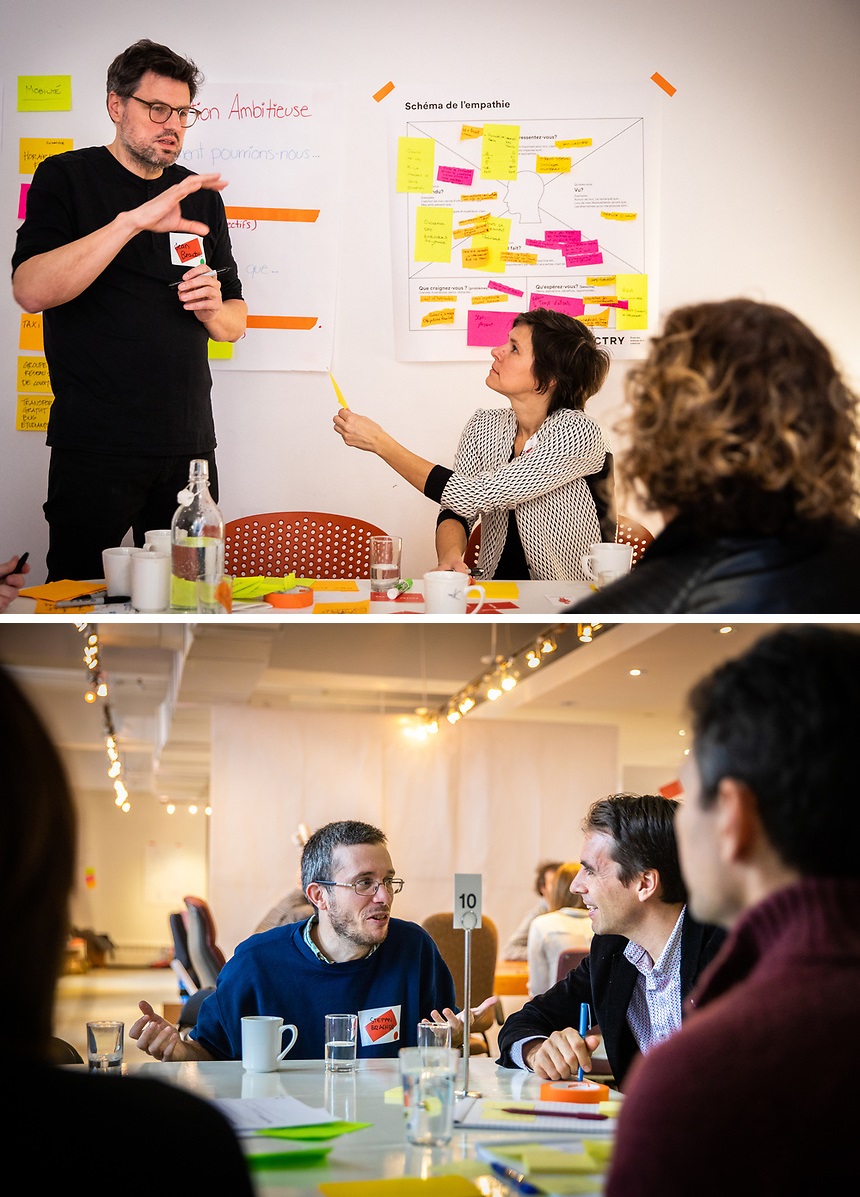 The event was held at the Factry school of creativity sciences, close to Bonaventure metro and the future Central Station of the REM network.
The event was held at the Factry school of creativity sciences, close to Bonaventure metro and the future Central Station of the REM network.
During the workshop, discussions were organized around three key themes:
- Mobility solutions that complement public transit and alternative mobility options.
- Initiatives related to the lifestyles of the communities served (those which help people regain time on a daily basis).
- Methods for collaboration and communication between the REM project office and train users.
These discussions were an opportunity to reflect on several subjects that are important to train users, such as the possibility of offering services near the station so families can save time, or of creating co-working spaces to facilitate occasional long-distance work. Next, we will follow up on the initiatives taking shape after this forum. We would also like to thank everyone who was present at this event—especially the affected users—and who took the time to discuss their ideas with us.
![]()
5 portraits of people present at the ideas forum about the REM project and its impacts on the Deux-Montagnes and Mascouche lines
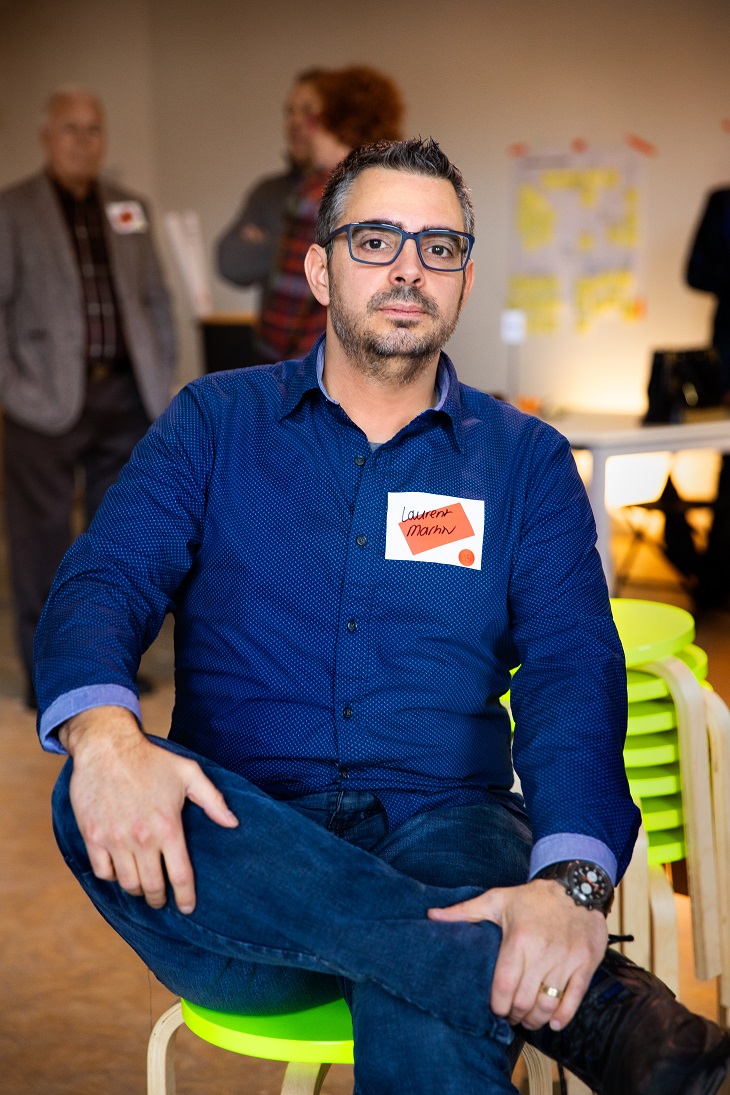 Laurent Martin, Deux-Montagnes line user
Laurent Martin, Deux-Montagnes line user
For the last 15 years, Laurent Martin has taken the train from Deux-Montagnes station to get downtown. He participated in the forum because he said he was worried about the impact on his family’s quality of life: “If you compare it to the construction of the metro in Laval, they added service without taking any away. The REM is an addition in the long-term, but we lose service during the construction. That’s the real issue. Today, it takes me one hour to get to work, door to door, and it will probably be close to an hour and a half during the construction. I’m lucky enough to have a job with a flexible schedule but that isn’t the case for everyone, and working remotely isn’t an option for me. The first phase of work [closing the Central Station – Du Ruisseau section in January 2020, for 24 months] isn’t what worries me the most, because I can take the train to Du Ruisseau and then get the metro. I’m mostly worried about the next part, when the section between Deux-Montagnes and Du Ruisseau will be closed [in 2022]. It will be long, and I hope that the REM will be put into service gradually. For example, opening in Roxboro–Pierrefonds earlier, rather than waiting for the entire line to be finished.”
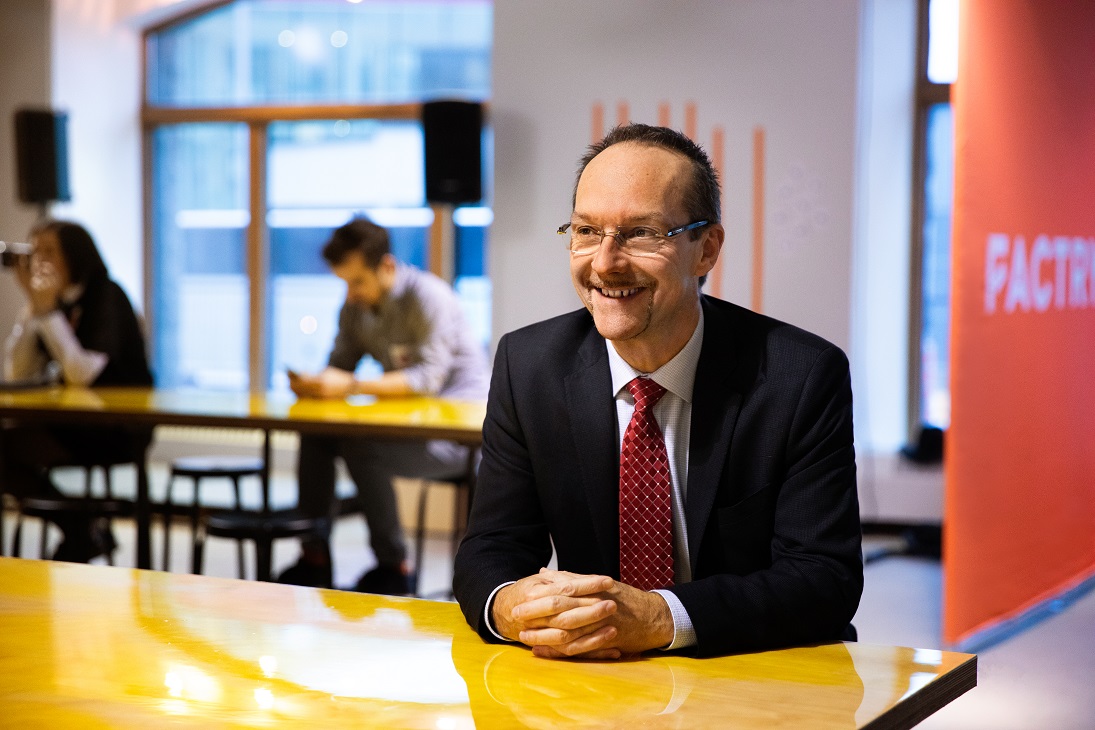 Denis Andlauer, Mascouche line user and REM employee
Denis Andlauer, Mascouche line user and REM employee
Denis Andlauer has lived in Mascouche for 10 years and remembers the era before the train. He attended the forum as a train user, but also due to his knowledge of the project, since he is the director of operations at CDPQ Infra (developer of the REM). “I drove every day until the train service started in Mascouche in 2014. I saw a significant increase in traffic congestion: when I started in 2009, it took me 50 minutes but in 2014 before I switched to the train, it was up to an hour and ten minutes, when everything went well. Today, it takes me an hour and 25 minutes, door to door. It’s longer but more comfortable: I can read the news on my phone, listen to music, or read a book. The REM construction is going to make my trip longer. Personally, I am going to keep taking public transportation. I can handle up to 30 minutes of extra travel time because I’m not just sitting idle on the train or metro. Going back to driving is the last resort.”
On the future Correspondance A40 station (the connection between the Mascouche line and the REM, which is planned for 2022): “You have to see the REM as a feeder network, exactly like the metro. At Berri–UQAM, changing from the orange line to the green line is easy, it only takes a few minutes. It will be the same thing between the REM and the Mascouche line. Of course, it’s an extra transfer for me and other users, but the transfer offers more options, like the possibility of going to Édouard-Montpetit (on the blue line) or to McGill (on the green line) in addition to going directly to Central Station. That makes up for the transfer.”
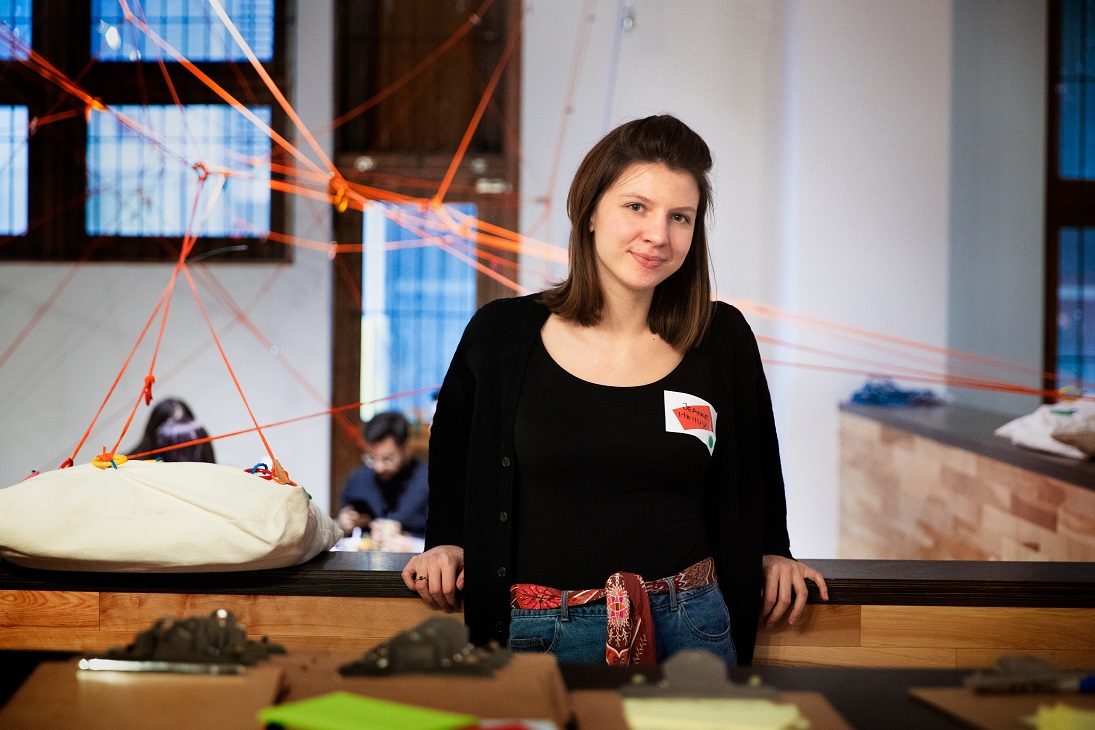 Jeanne Helluy, public transit user (bus and metro)
Jeanne Helluy, public transit user (bus and metro)
Jeanne Helluy takes public transit daily in Montréal. She is not a user of the Deux-Montagnes or Mascouche lines, but she is one of the engaged citizens who attended the forum to help find solutions and look outward. “I was invited by Factry [the school hosting the forum] because I had already attended training courses here. When I heard about this event, I felt involved. I work downtown, next to the REM work site at McGill. The first time that I heard people talking about the impact, it was my colleagues who take the Deux-Montagnes train. I’m trying to represent their ideas today. For example, one of my colleagues said that he doesn’t believe in community solutions like carpooling. He thinks that we need to recover old buses and create a direct route downtown.”
 François Pépin and Gabrielle Guimont, from Trajectoire Québec
François Pépin and Gabrielle Guimont, from Trajectoire Québec
François Pépin and Gabrielle Guimont participated as representatives of Trajectoire Québec, an organization that has been promoting public transit services and advocating for users for 40 years. “We’re involved in every transit project in Québec. For the REM, we submitted a brief to BAPE. This created a relationship between us and the REM office, and, in some ways, we’re their liaison with the users. Since the start of the project, we have held consultations in Deux-Montagnes and Pierrefonds–Roxboro to listen to users and pass along their concerns. We also created a work group this summer with users [the REM project office also participates] that meets on a monthly basis. The solution we hear most often? Bus lines in a reserved lane. Today’s Forum is interesting and complementary, but 90% of measures start with public transit, and that’s what’s most important.”
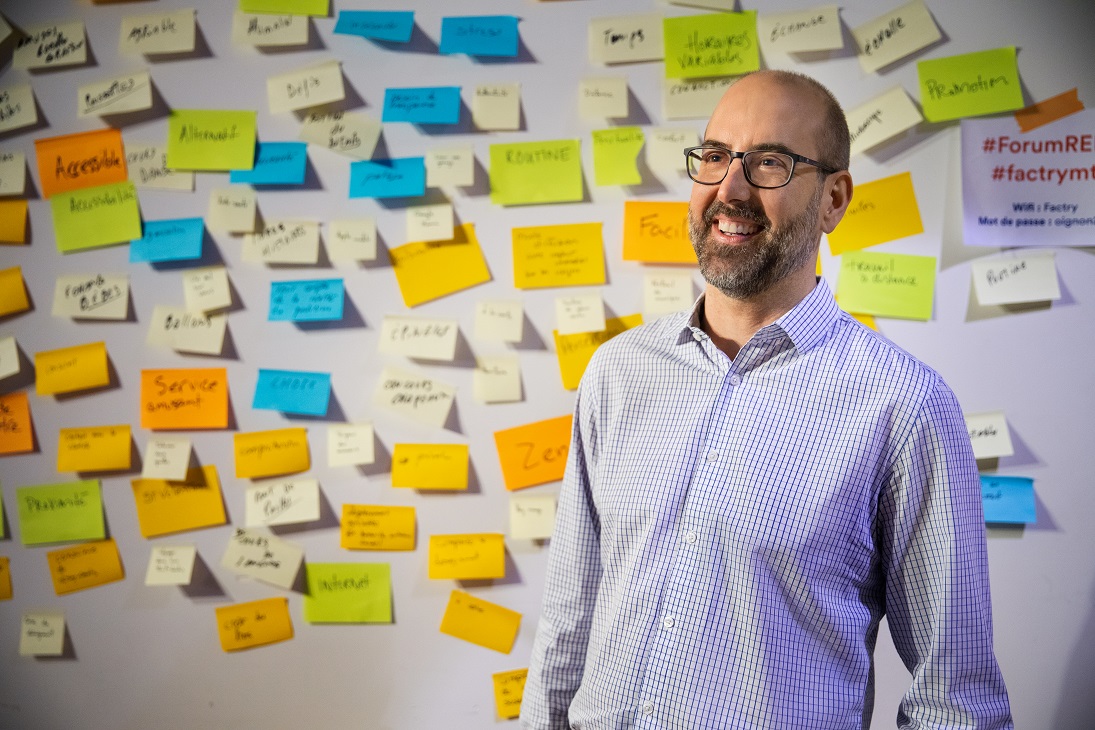 Pascal Laliberté, responsible for the public transit program at Desjardins
Pascal Laliberté, responsible for the public transit program at Desjardins
Several large companies were also part of the discussion, through representatives like Pascal Laliberté, from Desjardins Group. “We take this very seriously since a significant number of our employees are affected. Since 2010. Desjardins has implemented a travel management plan for 10 work sites with 100 or more employees (8 in Québec and 2 in Ontario). We analyzed the situation before we drafted the plan—for example, we looked at employee postal codes, and saw that 1000 Desjardins employees live near the Deux-Montagnes and Mascouche lines. About 70% of our downtown employees use public transit. That’s why we really want to be involved and work with the REM project office, the large companies downtown and the Chamber of Commerce so we can propose and promote solutions. Over the last few years, we have already implemented several measures that promote the use of sustainable transportation (such as 20% discount on public transport or an annual Bixi subscription, construction of locker rooms and showers at Complexe Desjardins, matching software with covoiturage.ca, corporate Communauto membership). In the coming months, we will be working on ways we can take part in the REM project and make commuting easier for our employees.”
Photo credit: Ulysse Lemerise / Cosmos Image
Note: this forum is only part of the work done in the last six months with Greater Montréal transit companies. A committee of users of the Deux-Montagnes and Mascouche lines was also organized this summer by the Trajectoire Québec organization; the committee meets on a monthly basis. At the start of 2019, the ARTM will announce at a high level the alternate public transport options for the period from 2020 to 2023; this will give you a better idea of the measures that will be implemented.
If you would like to learn more about the work schedule and the long-term impacts, visit our Deux-Montagnes and Mascouche Lines page.